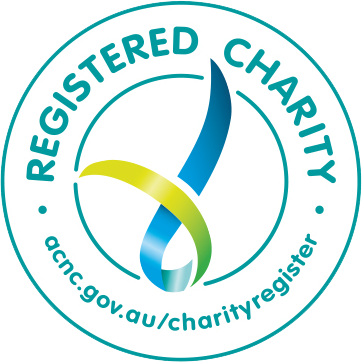In 2020, Health Consumers’ Council (HCC) worked with the Patient Safety Surveillance Unit in the Department of Health to learn more about how consumer feedback – including complaints and compliments – is collected, provided, and used for improving health services. We held a number of workshops with consumers and we also held telephone interviews with some consumers in regional areas. We held targeted sessions for Aboriginal community members, and Consumers of Mental Health WA ran a targeted session for consumer of mental health services.
When we talk about feedback we mean both compliments and complaints. It includes feedback you give in writing, as well as feedback you give by telling someone in person or on the ‘phone.
In summary, these were the key issues from the consultation sessions HCC hosted:
- There are many barriers to giving feedback or making a complaint – most of which WA Health can influence
- Importantly, people from all groups described how difficult it was to find out how to give feedback or make a complaint.
- Feedback mechanisms don’t match the complexity of the system
- Many people experience the responses received to feedback or complaints as impersonal and unhelpful
- Many Aboriginal people described experiences of racism in the health system which impacted on the likelihood and way they give feedback or make a complaint. There is much more to do to embed feedback mechanisms that are experienced as culturally safe by Aboriginal people.
- Providing feedback is often an emotional experience – a trauma-informed response could help create an environment where staff are more able to receive feedback and consumers are more supported to provide it.
These were the barriers to giving feedback:
- A prominent reason for not giving feedback is simply that people were not asked. There was a strong theme in the workshops about providing consumers with opportunities to give feedback “in the moment”. Suggestions included putting information next to hospital beds and making this known to people and having a visible presence – in the shape of a person – in a prominent place in a health service.
- Lack of time and energy on the part of the consumer – dealing with one’s health (or that of their family) is already time consuming.
- Unsure of the process for giving feedback/making a complaint
- Have previously had a negative experience of giving feedback
- No confidence that investing the time and energy in giving feedback will result in positive change
- Fear of being treated less well as a result of making a complaint – this was particularly prominent from people living in regional areas
- Literacy and language issues
What consumers would like:
- A system where it is easy to give feedback.
- Information about giving feedback or making a complaint that is
- more visible
- clearer
- proactively given – seek feedback throughout the process of care
- Ways to collect feedback that include
- Culturally safe options for Aboriginal people
- More face to face options
- More options that don’t require written feedback
- More opportunity to give feedback in the moment
- A more personalised and caring response
- A streamlined consistent process that
- Is simpler
- Is consistent between health service sites
- Is focused on the needs of the consumer not on the needs of the system
- Includes a clearer and more effective process for complaints that are complex or that relate to multiple parts of the system
- More support to provide feedback
- More independent support focused on the interests of the consumers
- Focus on removing barriers to giving feedback
- Accountability
(Updated 17 July 2020)




